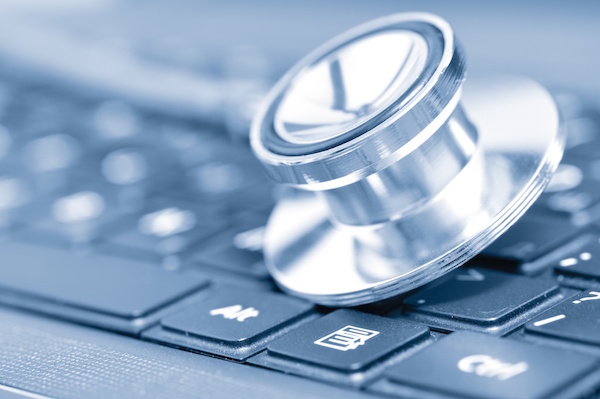
THURSDAY, June 23 (HealthDay News) — An implantable device hidden in the nape of the neck may mean more headache-free days for people with severe migraines that don’t respond to other treatments, a new study suggests.
More than 36 million Americans get migraine headaches, which are marked by intense pain, sensitivity to light and sound, nausea and vomiting, according to the Migraine Research Foundation. Medication and lifestyle changes are the first-line treatments for migraine, but not everyone improves with these measures.
The St. Jude Medical Genesis neurostimulator is a short, thin strip that is implanted behind the neck. A battery pack is then implanted elsewhere in the body. Activating the device stimulates the occipital nerve and can dim the pain of migraine headache.
“There are a large number of patients for whom nothing works and whose lives are ruined by the daily pain of their migraine headache, and this device has the potential to help some of them,” said study author Dr. Stephen D. Silberstein, director of the Jefferson Headache Center in Philadelphia.
The study, which was funded by device manufacturer St. Jude Medical Inc., is slated for presentation on Thursday at the International Headache Congress in Berlin, and is the largest study to date on the device. The company is now seeking approval for the device in Europe and then plans to submit their data to the U.S. Food and Drug Administration for approval in the United States.
Researchers tested the new device in 157 people who had severe migraines about 26 days out of each month. After 12 weeks, those who received the new device had seven more headache-free days per month, compared to one more headache-free day per month seen among people in the control group. Individuals in the control arm did not receive stimulation until after the first 12 weeks.
Study participants who received the stimulator also reported less severe headaches and improvements in their quality of life. After one year, 66 percent of people in the study said they had excellent or good pain relief. The pain reduction seen in the study did fall short of FDA standards, which call for a 50 percent reduction in pain.
“The device is invisible to the eye, but not to the touch,” said Silberstein. The implantation procedure involves local anesthesia along with conscious sedation so you are awake, but not fully aware. There may be some mild pain associated with this surgery, he said.
Study co-author Dr. Joel Saper, founder and director of Michigan Head Pain and Neurological Institute in Ann Arbor, and a member of the advisory board for the Migraine Research Foundation, said this therapy could be an important option for some people with migraines.
“There were numerous patients who did benefit in terms of pain control and quality of life,” Saper said. “We don’t have any universally effective therapies for migraine, so we don’t ever expect everyone to have dramatic results, but for those few that it works in, it’s life-changing.”
But, he said, “it is surgical and there are risks to surgery, and there are unknowns such as how long the effects will last.” Risks of the new neurostimulation procedure may include infection and the device can sometimes dislodge. Saper has not received any compensation from the device manufacturer.
“Occipital nerve stimulation is a treatment of great promise for patients with intractable chronic migraine,” said Dr. Richard B. Lipton, director of the Headache Center at Albert Einstein College of Medicine/Montefiore Medical Center in the Bronx and a board member of the Migraine Research Foundation. He is not affiliated with the new study.
“Eliminating a full week per month of headaches is a huge gain for chronic migraine sufferers and translates into big improvements in treatment satisfaction and quality of life,” he said. “This treatment will make a huge difference for millions of migraine sufferers with chronic migraine.”
The results do mirror what Lipton has seen in his practice. “This shows that [the treatment] can give chronic migraine sufferers their lives back.”
Dr. Robert Duarte, director of the Pain Center at North Shore-Long Island Jewish Health System in Manhasset, N.Y., said that the new device should not be considered a first-line treatment for migraine, however.
“You need to be evaluated by a headache specialist, and make sure all treatment options are tried before installing a stimulator, but it is an option and there is definitely evidence that it works,” he said. Duarte is not affiliated with the new study.
“It is not a cure, but a treatment option that can reduce frequency and intensity of headaches in some people,” Duarte added. Doctors can also do a trial run using an external stimulator to see if it will work before implanting the device, he said.
More information
Find out more about migraines at the Migraine Research Foundation.

